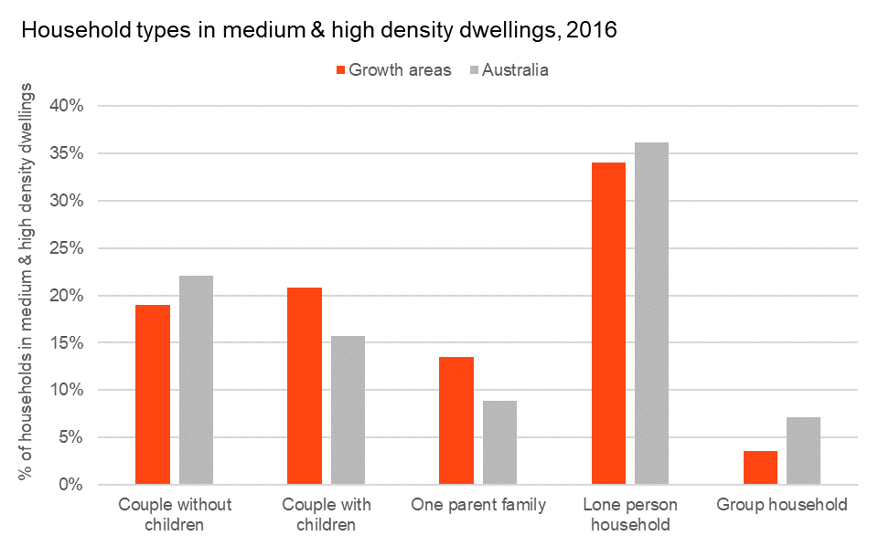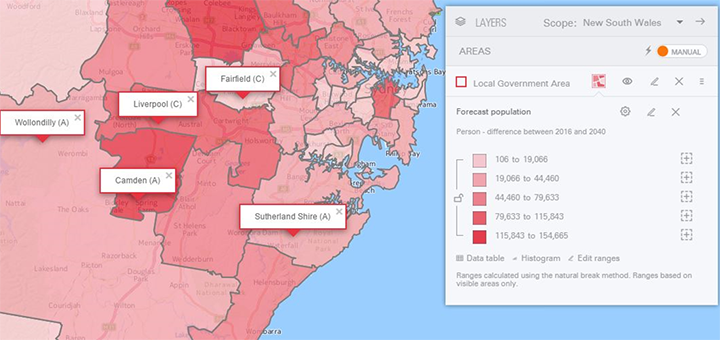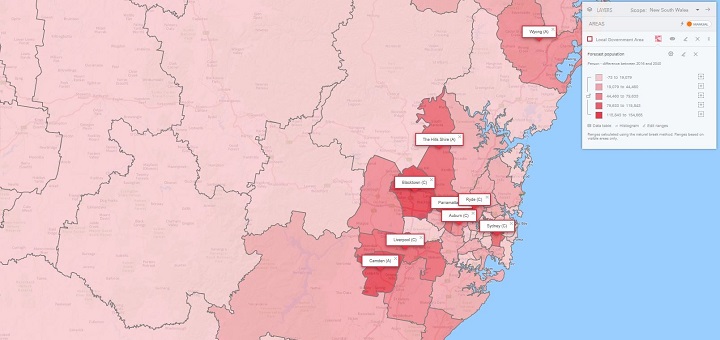Later this month I’ll be attending the National Growth Areas Alliance 2019 Congress, along with my fellow demographers Glenn and Nenad. In preparation, we’ve been looking at some interesting stories from growth areas across Australia. Today, I’m sharing one about housing in the growth areas, which might just challenge some of your perceptions about the type of housing that characterises these emerging communities.
If you haven’t already, grab your copy of the housing report starter guide, our free step-by-step guide and framework to help you prepare a simple report on housing supply, demand and affordability in your area.
When people think about the outer suburban growth areas of Australia, many think about housing estates with lots of separate houses and media coverage of urban sprawl.
These outer suburban growth areas play an important role in housing Australia’s growing population, and while there are some less than ideal consequences of urban sprawl, many of the growth area Councils recognise this and are trying to do their bit in containing the sprawl – the growth areas are growing up and filling in, not just growing out.
There has been a considerable increase in medium- and high-density dwellings in the growth areas over the past 15 years (in this context we’re defining medium- and high-density dwellings in the same way we do on profile.id, and the Growth areas we’re talking about are those identified by the National Growth Areas Alliance, which are also included on their profile.id site).
..one-in-five-new dwellings built in growth areas was either medium- or high-density
Within the growth areas of Australia, 15.4% of dwellings in 2016 were medium or high density, up from 11.7% in 2001. This means, that over the past 15 years, one-in-five-new dwellings built in growth areas was either medium- or high-density. While this is a little lower than the Australian average, with two in five new dwellings being medium or high density over the past 15 years, it still shows the growth areas bucking the perception of being purely separate house areas.
Which growth areas have the highest rates of higher-density dwellings?
Growth areas with high proportions of medium- and high-density housing include:
So who lives in higher density housing in the growth areas?
Of all the medium- and high-density dwellings across Australia, those in growth areas are more likely to have families living in them.
Higher density housing in the growth areas is home to a wide range of household types. Despite the usual representation of lone persons, 19% of households living in higher density in the growth areas are couples without children, and a further 21% are couples with children. In fact, households living in medium- and high-density in the growth areas are more likely to be couples with children than for households living in higher density formats in other areas of Australia.

Source: ABS Census of Population and Housing, 2016
Households living in medium and high density in the growth areas have slightly lower incomes than the growth area’s average, $1,035 per week compared with $1,536. They also have slightly lower incomes than other households across Australia living in medium and high-density dwellings. This highlights the importance of higher density dwellings in these areas providing more affordable options for those on lower incomes.
I think this makes a great case for promoting dwelling diversity in all areas of our cities. If you’re interested in learning more about the dwelling diversity in your local area, and the impacts it could be having on your housing market, grab a copy of our Housing Report Starter Guide which will give you some pointers on finding the data you need to understand this story.










